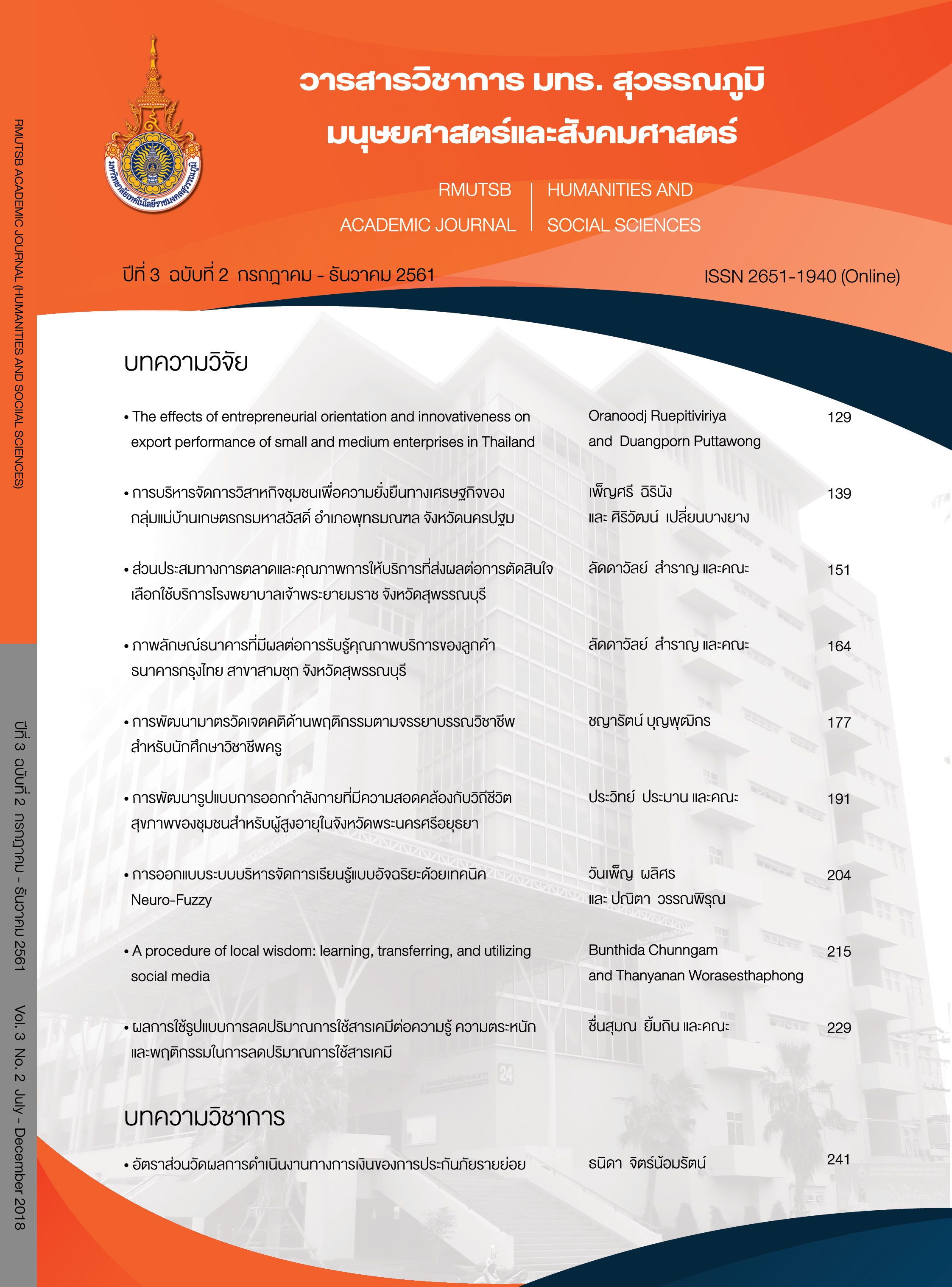Financial performance ratios of microinsurance
Main Article Content
Abstract
This article presents the financial performance ratios of microinsurance, which measure a business performance differently from financial ratios according to general financial management principles. These ratios consist of four dimensions: 1) Product value: incurred expense ratio, incurred claims ratio and net income ratio 2) Product awareness and client satisfaction: renewal ratio, coverage ratio (target customers) and growth ratio 3) Service quality: promptness of claims settlements and claims rejection ratio 4) Financial prudence: solvency ratio and liquidity ratio. The study focuses on understanding the meaning of each ratio and considering their modern according to modern management principles of holistic performance measurement based on the balanced scorecard. The objective is to enable these financial ratios to be used to effectively monitor and evaluate the sustainability of microinsurance. It is hoped that the article will be beneficial to the development of microinsurance industry in Thailand.
Article Details
References
สำนักงานคณะกรรมการกำกับและส่งเสริมการประกอบธุรกิจประกันภัย (คปภ.). (2561). ข่าวประชาสัมพันธ์. สืบค้น 2 มีนาคม 2561, จาก http://www.oic.or.th/th/consumer/news/releases/88242
อัจฉรา เอียวพันธ์. (2553). ประกันภัยรายย่อย (ไมโครอินชัวรันส์). สืบค้น 2 มีนาคม 2561, จาก http://www.oic.or.th/sites/
default/files/education/content/28604/microinsurance_swiss_re_19-9-56.pdf
Apostolakis, G., Dijk, G. V., & Drakos, P. (2015). Microfinance performance – a systematic narrative literature review. Corporate Governance, 15(1), 146-170.
Brown, W., & Churchill, C. (1999). Providing insurance to low-income households: Part 1: A primer on insurance principles and products. Bethesda, MD: Microenterprise best practices project - USAID.
Chavan, M. (2009). The balanced scorecard: a new challenge. Journal of Management Development, 28(5), 393-406.
Hammond, A. L., William, K. J., Katz, R. S., Tran, J. T., & Walker, C. (2007). The next 4 billion: Market size and business strategy at the base of the pyramid. Washington, DC: World resources institute and international finance corporation/ world bank group.
Jordao, R. V., & Novas, J. C. (2013). A study on the use of the balanced scorecard for strategy implementation in a large Brazilian mixed economy company. Journal of Technology Management and Innovation, 8(3), 98-107.
Kaplan, R. S., & Norton, D. (1996). Using the balanced scorecard as a strategic management system. Harvard Business Review, 74(1), 75-85.
Prahalad, C. K. (2004). The fortune at the bottom of the pyramid: Eradicating poverty through profits. Upper Saddle River, NJ: Wharton School Publishing.
Wipf, J., & Garand, D. (2010). Performance indicators for microinsurance - A handbook for microinsurance practitioners (2nd ed). Luxembourg: ADA.


